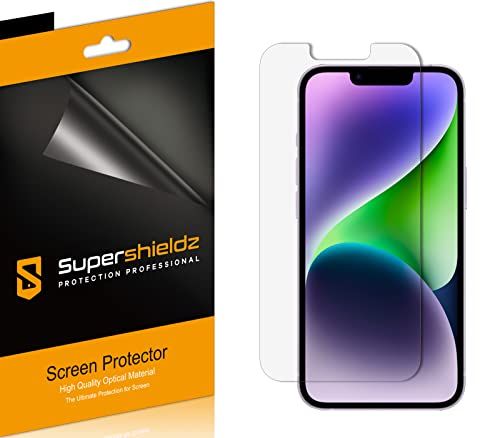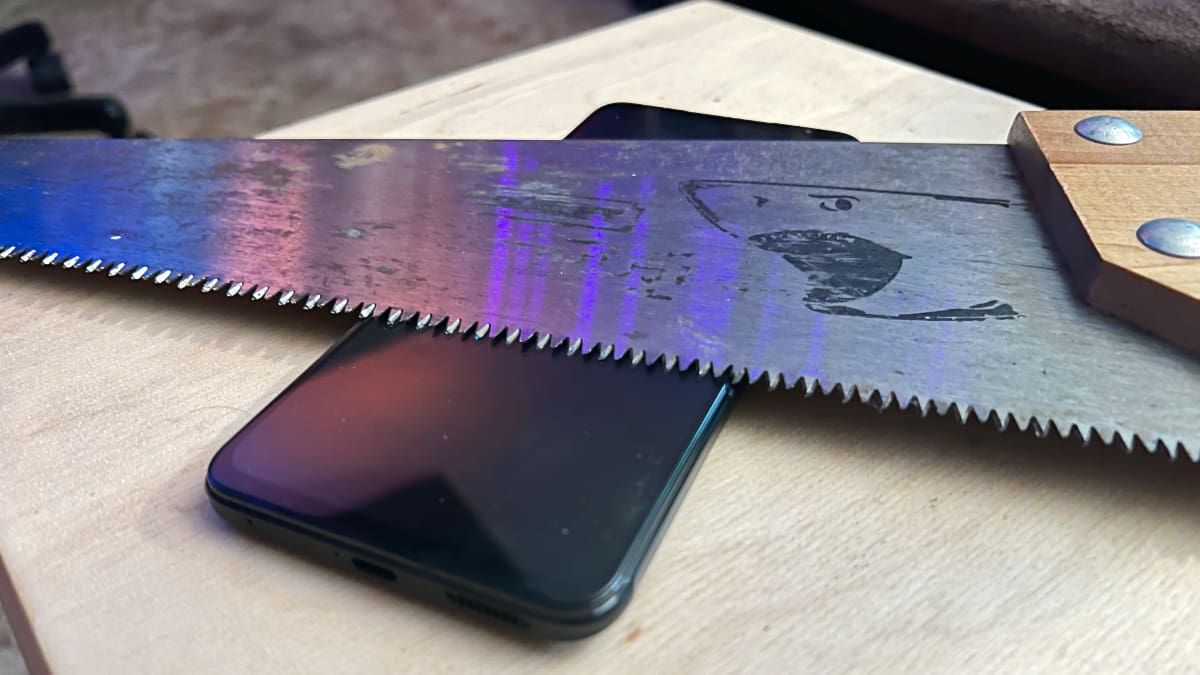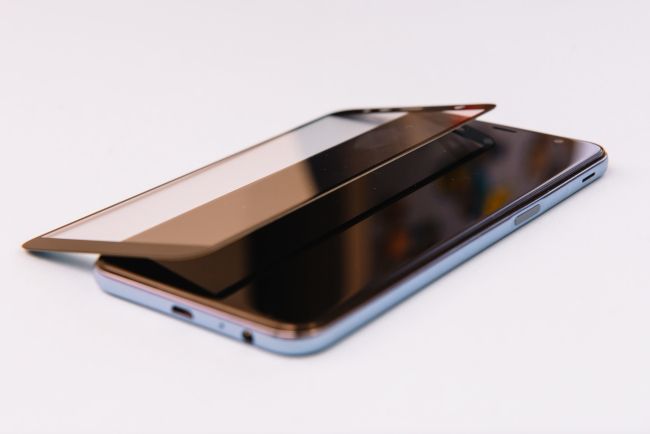Quick Links
If you're looking for a tempered glass screen protector, you've almost certainly seen some of them advertise "9H hardness." What does hardness mean? Is 9H good? It's time for a closer look at what this rating means.
What Is Hardness For Screen Protectors?
While many screen protector manufacturers love to boast about 9H hardness, they don't often explain what this means. The first thing to know is that 9H is the highest level of hardness you'll find on a screen protector, and you won't typically find screen protectors offering lower levels of hardness.
But what does 9H indicate? This is a position on the Mohs scale of mineral hardness. The scale runs from 1 to 10, with relatively soft talc on the low end of the scale, and diamond on the high end of the scale.
Glass tends to fall between 6 and 9 on the scale, depending on how it's created and treated. Tempered glass is on the higher side, which is why you see the number 9 relating to screen protector strength.
How Is Hardness Tested?
Mineral hardness can be tested in various ways, but we'll focus on tempered glass. The testing process involves numerous pencils with tips of increasing scratching power. Starting from 6B, the testing process drags the pencils against the surface.
The Mohs hardness rating for a given material is the level of pencil that manages to scratch it. For tempered glass screen protectors, this is the 9H pencil. That's where the hardness rating you see advertised comes from.
Yes, this means that all these tests are proving is how scratch-resistant a given screen protector is. No drop testing, flexibility testing, or testing of any kind is required to rate a screen protector at a hardness level of 9H. The only thing that rating means is how difficult it is to scratch the surface.
Because of this, some screen protector manufacturers say that the Mohs scale is not a great way to measure how tough a screen protector is, and that glass isn't a great material to protect your screen. Of course, many of these manufacturers sell PET screen protectors or protectors made with glass alternatives.
The main takeaway here is that you might want to change how you think about tempered glass screen protectors. All they're meant to do is prevent scratches, so keep that in mind before you trust the safety of your phone or tablet to one.
Is 9H Hardness the Best You Can Get?
Assuming you want a tempered glass screen protector, 9H is the hardest you can get. Theoretically, you could go for even more scratch protection, but at this point the glass would start to get less transparent, meaning the visibility of your screen would be affected.
Of course, that's the case at the moment. We're still pushing the limits of what glass can do, especially when it comes to electronic devices. For example, as glass that can bend becomes easier to mass-produce, we may see stronger, more resilient screen protectors as a result.
Of course, there are other options. As we've already explored, even the hardest screen protector isn't really protecting from drops and other damage. Opting for easier to replace options like a PET screen protector won't necessarily offer better protection, but can make your life easier.
The sad fact is that no screen protector on the market can guarantee that your phone's display from a bad drop. If you do damage your screen, make sure to avoid the bad fixes for a damaged screen that tend to float around the internet.

Supershieldz Designed for Apple iPhone 13 and iPhone 13 Pro
This high-quality PET screen protector is easier to install than a tempered glass protector, but still offers a significant level of scratch resistance.
How Can I Keep My Screen From Shattering?
While it's impossible to completely protect your phone's display from shattering, using a case offers much more protection than a screen protector. That's one of the major differences between cases and screen protectors. Yes, cases are bulky, but they offer much better protection.
If you want to be as safe as possible, use a case and a screen protector together. You still can't guarantee your phone will never break, but with the scratch protection from the screen protector and the impact resistance from the case, your phone will be as protected as possible.


